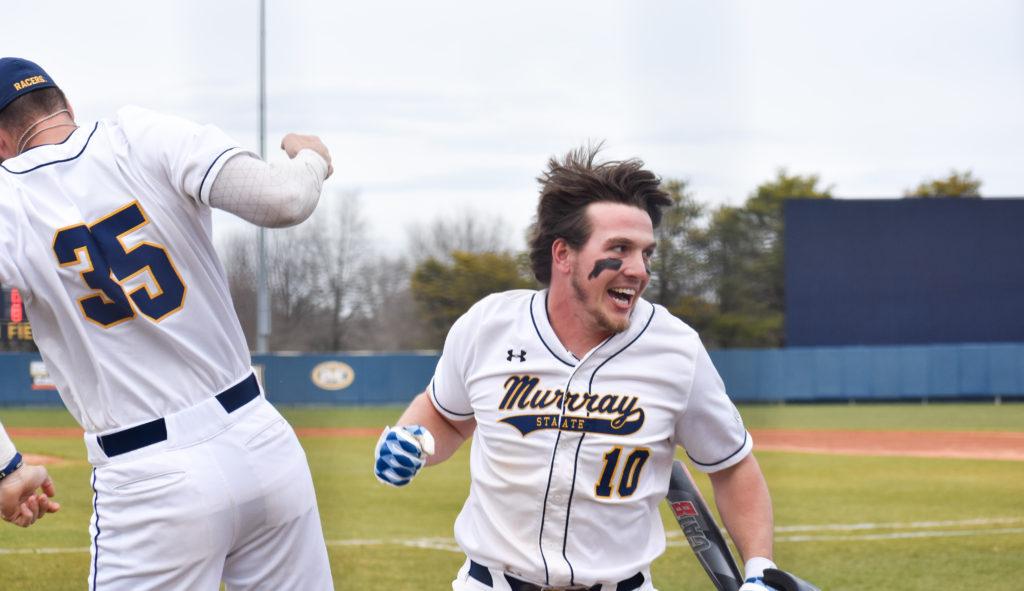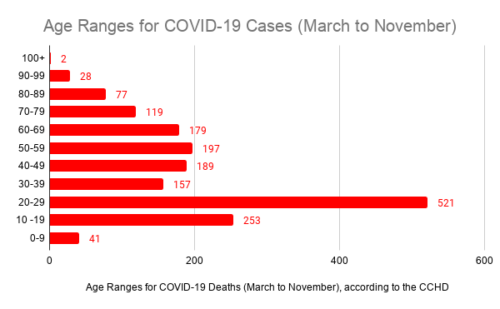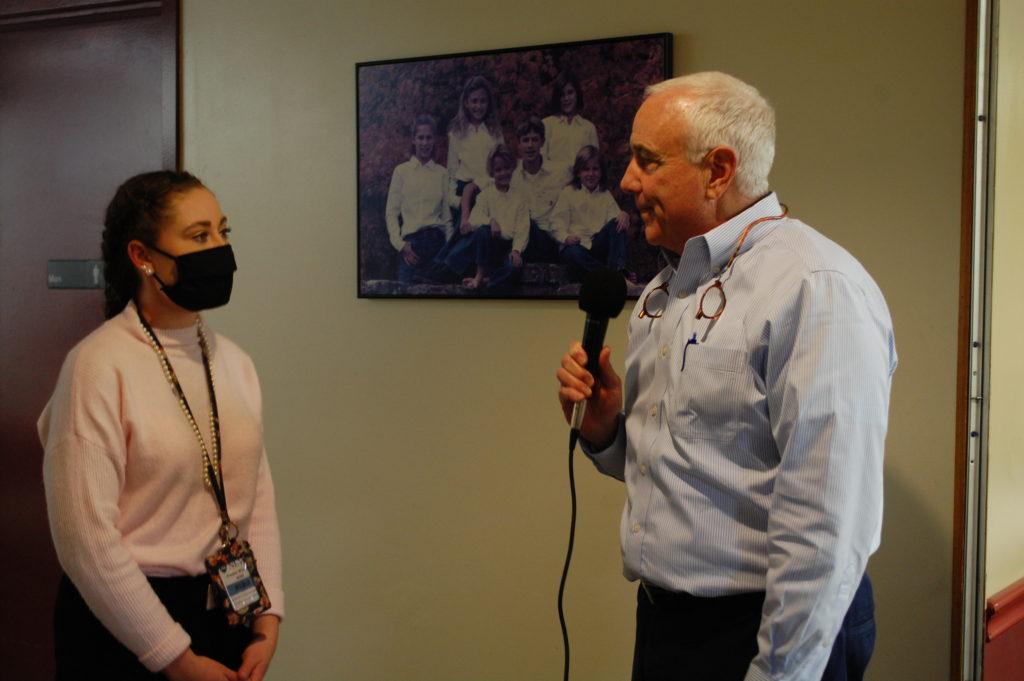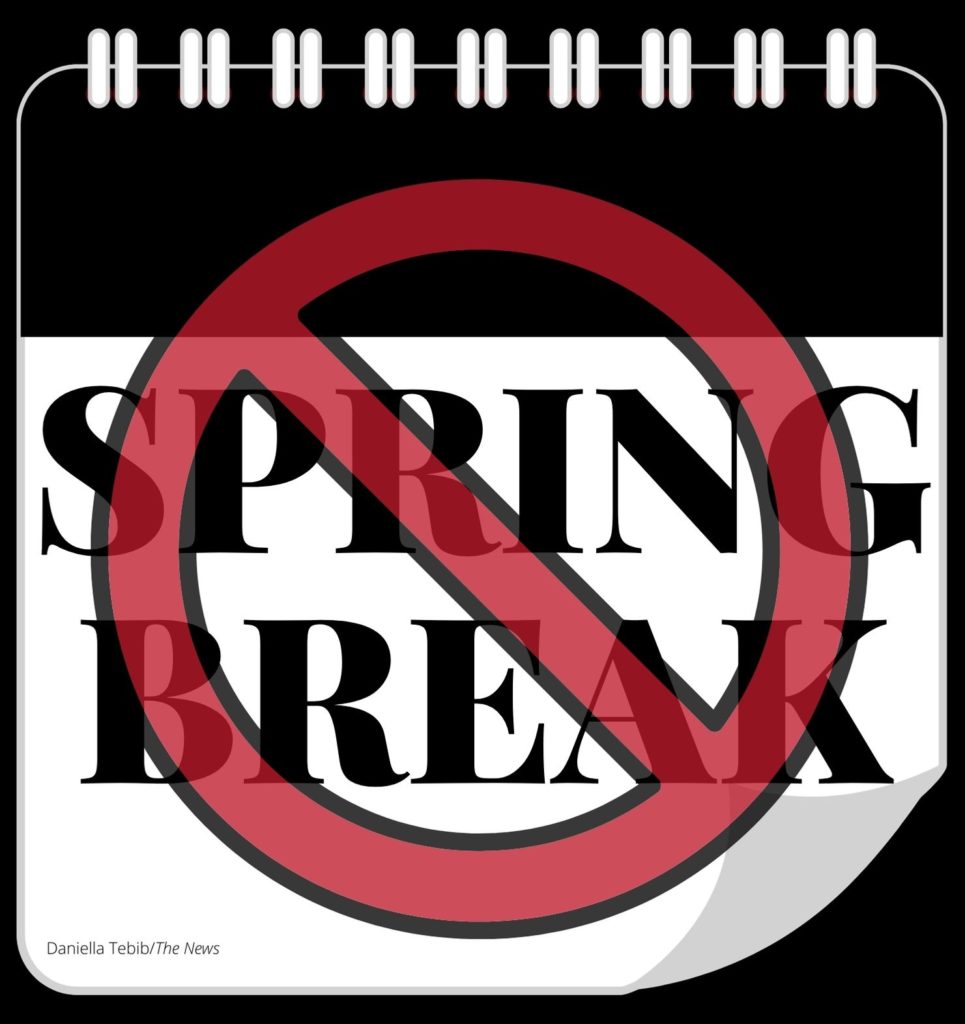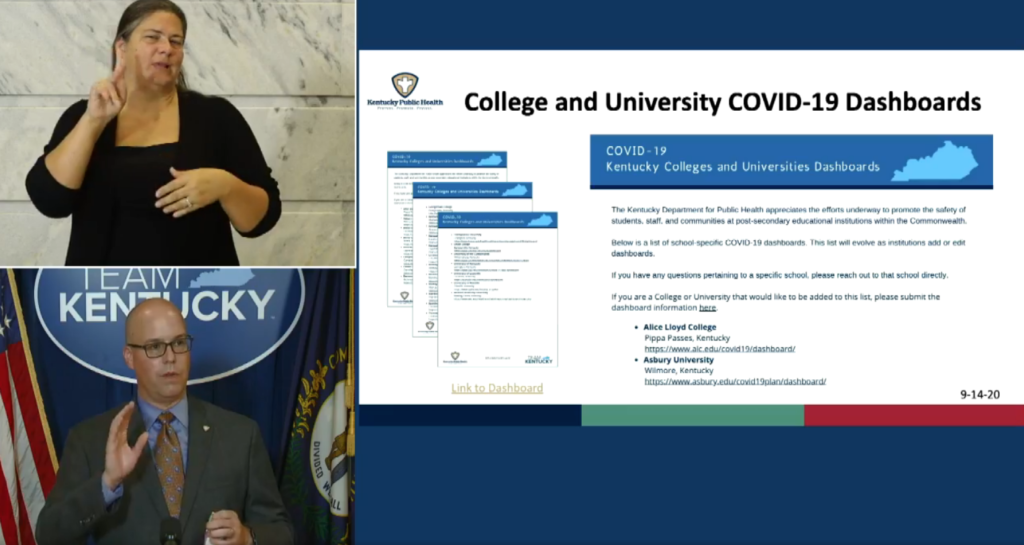Josh Embry
Sports Editor
jembry3@murraystate.edu
College athletes who had their seasons cut short because of the COVID-19 pandemic have been granted another year of eligibility by the NCAA.
The NCAA Division I Council voted on Monday, March 30, to grant universities the decision to provide student-athletes playing spring sports another year of eligibility. However, student-athletes playing winter sports are not eligible for the extra year since the majority of their respective seasons had already taken place.
The council’s decision comes after questions arose regarding seniors’ eligibility following the NCAA’s cancellation of spring championship tournaments as well as the men’s and women’s basketball tournaments.
Along with granting universities the right to provide student-athletes with another year of eligibility, the council also voted to increase the number of athletes on scholarship to make up for incoming freshmen as well as those who decide to stay another year with the new ruling.
Additionally, schools will be provided with “the flexibility to give students the opportunity to return for 2020-21 without requiring that athletics aid be provided at the same level awarded for 2019-20,” according to a statement from Michelle Brutlag Hosick, NCAA’s associate director of communications.
However, this only applies to those who had no eligibility following the 2019-20 season prior to the new ruling.
To help ease the financial struggles universities will have to face after providing another year of eligibility to student-athletes, the NCAA’s Student Assistance Fund will be available for universities to use to cover extra scholarships.
Council Chair M. Grace Calhoun said the decisions made by the NCAA were in the best interests of universities and will provide those seniors who thought they had played their last games the opportunity to play again.
“The council’s decision gives individual schools the flexibility to make decisions at a campus level,” Calhoun said. “The Board of Governors encouraged conferences and schools to take action in the best interest of student-athletes and their communities, and now schools have the opportunity to do that.”

























































































